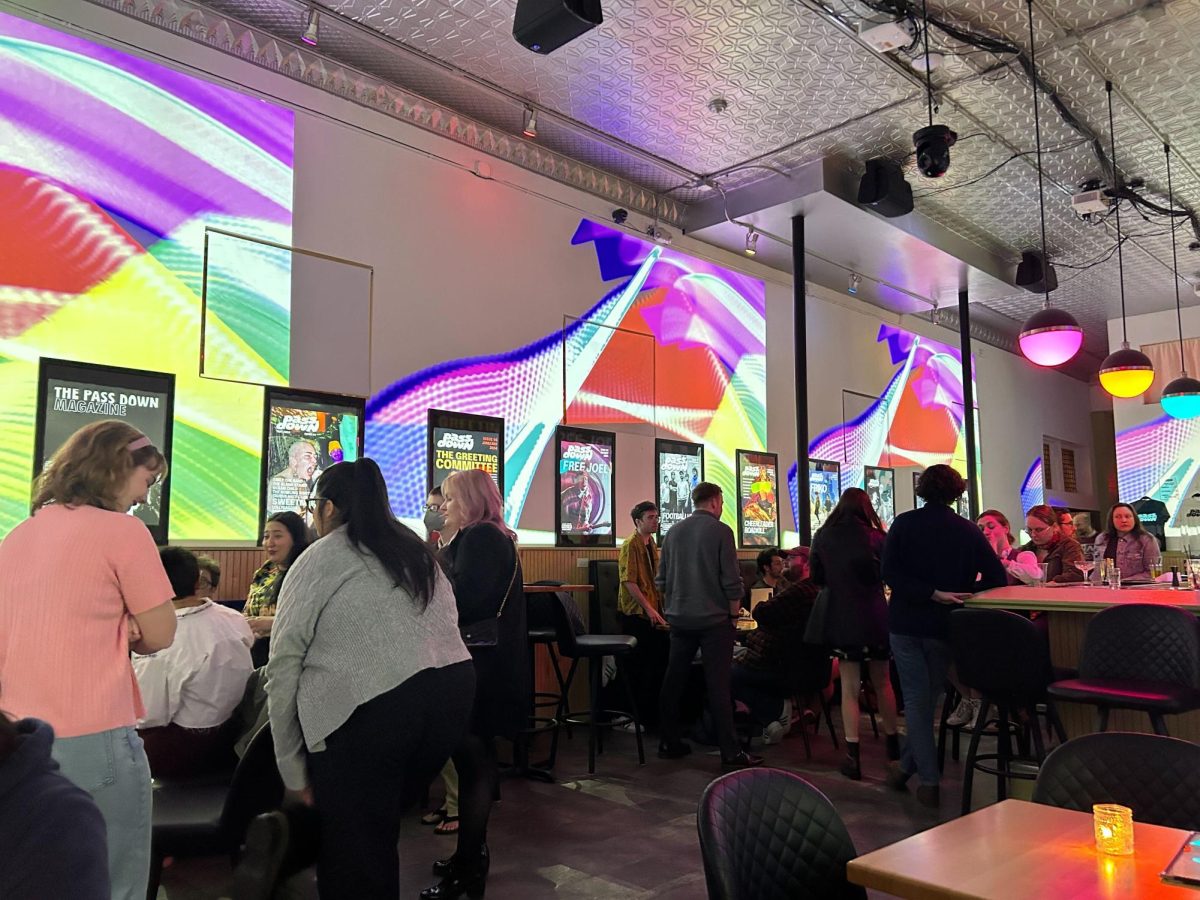This past weekend, the Institute of Natural Resource Sustainability sponsored the Naturally Illinois Expo. The event took place at and around the Natural Resources Building.
On Friday, the grounds were swamped with field trips from neighboring schools. There was a record 1,700 students who attended this year. Last year, only 1,000 students attended.
The exposition featured 50 exhibits, demonstrations and hands-on activities for the public. Exhibits focused on inspiring children to explore the natural sciences by allowing them to see that science can be fun. The variety of exhibits presented by the five collaborating Illinois surveys — Natural History Survey, Geological Survey, Archeological Survey, Water Survey and the Sustainable Technology Center — aimed to demonstrate the important role that science plays in the everyday lives of the community and the state.
The exhibits and exciting demonstrations preached the importance of eliminating America’s excessive waste patterns and the conservation of wildlife and natural resources.
With more technological advances in today’s society, Joy Scrogum, representative of the Illinois Sustainable Technology Center, said there is a growing amount of waste that the public is completely unaware of.
Get The Daily Illini in your inbox!
“I think things like the Naturally Illinois Expo are very important, because we get young children in and get them to see that science can be fun and exciting, gets them to think about things in our everyday lives, like disposing of electronic devices in our exhibit that they might not think about,” Scrogum said.
A number of new exhibits were highlighted this year. Earthquakes Now and Then featured real-time seismometer displays. The exhibit was relevant due to the recent detrimental earthquake in Japan. In fact, the seismometer on campus was able to detect the earthquake in Japan by measuring the swaying of the building.
The focus of the Illinois Sustainable Technology Center is to develop innovative systems that improve efficiency and protect the environment. The new Biomass to Biofuels and Biocar exhibit exemplified their ideal by explaining the process of converting waste, fat and oils into energy. They explained that currently the Illinois Biodiesel Initiative is working diligently to convert all the vegetable oils used in dining halls into biodiesel to be used in garages and carpools on campus.
This year, the Kid’s Fossil Dig included an accurate display of an excavation, as well as a prehistoric trash pit, which gave children a hands-on opportunity to see the kinds of things that geologists do when they work in the field.
“It is a great way for them to do a lot of hands-on things, and part of it I think is just being on campus and getting to see the range of natural sciences,” Jill Thomas, a parent chaperone with Robinson Elementary fourth- and fifth-grade classes, said.
Libby Johnston, communications director for the Institute of Natural Resources, said the collaboration of the five surveys informed the public about preserving natural resources.
“One of the things we are really hoping to do is to help the public understand the value that the institute brings to the state of Illinois,” Johnston said.




